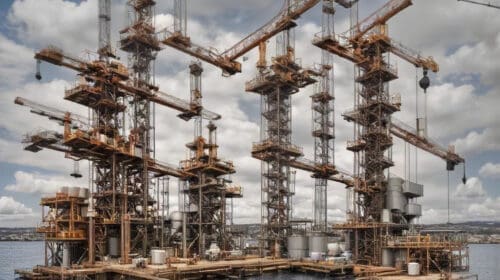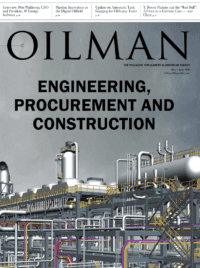There are millions of barrels of crude oil sitting at sea around the world waiting for delivery while storage tank farms are near capacity. OPEC member countries suspended production cuts in March. Amid a crude price war with Russia, along with attempts to curtail U.S. output, OPEC leader Saudi Arabia immediately increased production, flooding the market with oil and, at the same time, leasing more storage facilities. With President Trump’s intervention and pressure from around the world in the midst of a crude oil oversupply and falling prices, OPEC+ announced in an April meeting plans to cut production by 9.7 million barrels per day for two months, the largest cut in the history of OPEC. The cut in production is not nearly enough to make a dent in the demand loss driven by the coronavirus, which originated in China. In January the WTI averaged $61, in February $53, by March it was $32, and went negative to $-37 for the first time April 20th. Global oil demand has fallen to 70 million barrels per day, down from 100 million daily barrels.
Market changes such as the extreme drop in demand, crude oversupply, and the resulting price fallout are bound to disrupt the oil and gas industry with a profound force. Producers have cut capital spending, oilfield service majors have started the layoff process and, because of COVID-19, companies that support the industry have furloughed thousands of employees. The bright spot in all of this gloom comes from companies allowing remote work and industry events postponed until later this year or conducted virtually.
The oil and gas industry certainly is headed for a rough Q2 but, as in previous setbacks, the industry through innovation, consolidation and financial control always adapts and bounces back. The EIA forecasts that the U.S. will return to being a net importer of crude oil in Q3. Net crude oil imports are expected to increase as U.S. crude oil production declines, resulting in fewer barrels available for export. We only have optimism to hold on to with hope that the second half of this year will show a rebound.
The CEO of U.S. Energy Media, Emmanuel Sullivan is a technical writer who has built up his profile in the oil and gas industry. He lives and works in Houston, where he publishes Oilman and Oilwoman on a bimonthly basis, and Energies quarterly, distributing the magazine to energy thought leaders and professionals throughout the United States and around the world. At a time when technology is rapidly changing, he provides an invaluable service to oil & gas, and renewable energy executives, engineers, and managers, offering them both broad and specific looks at the topics that affect their livelihoods. Sullivan earned his BA in Communications at Thomas Edison State University and his MA in Professional Writing at Chatham University.













